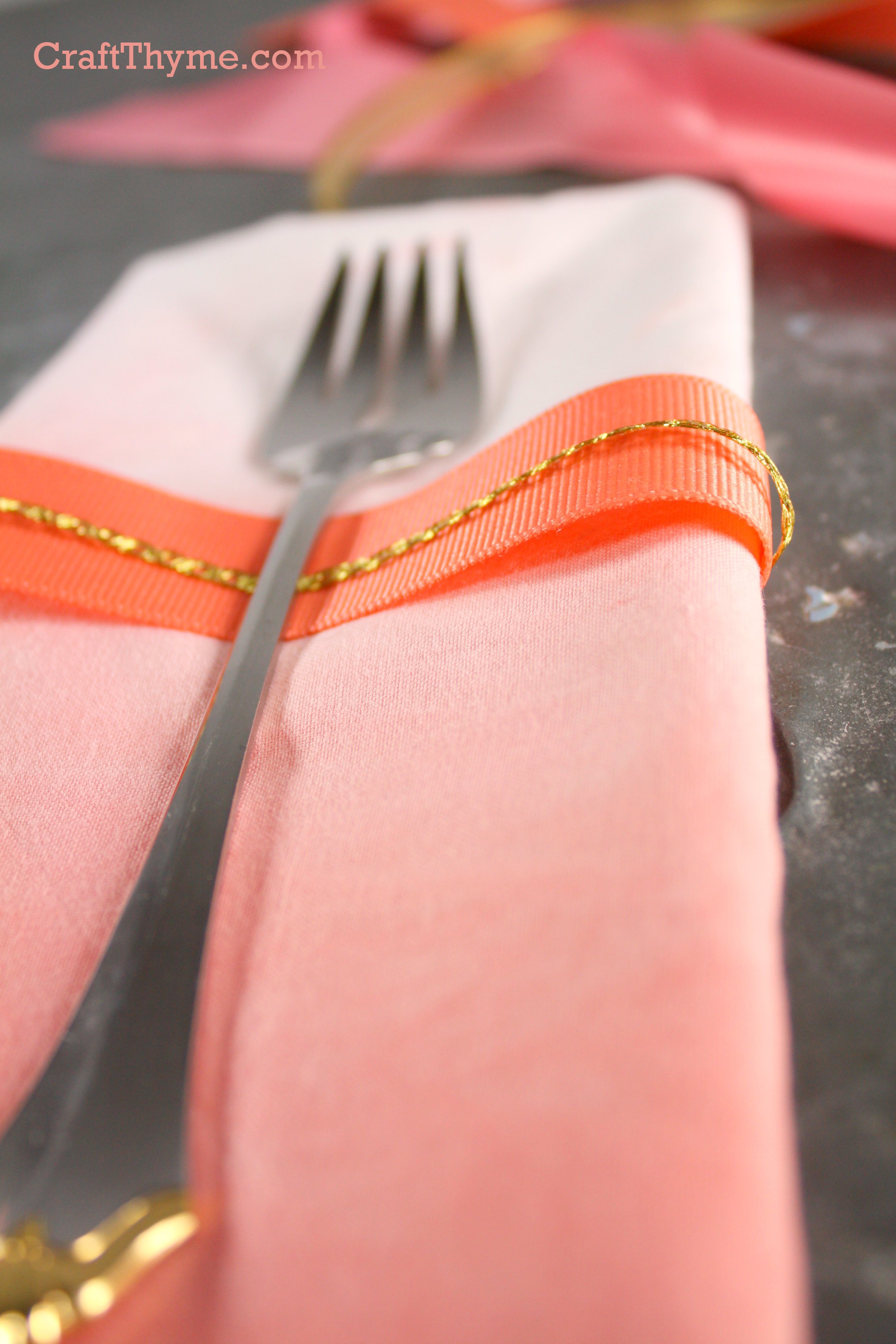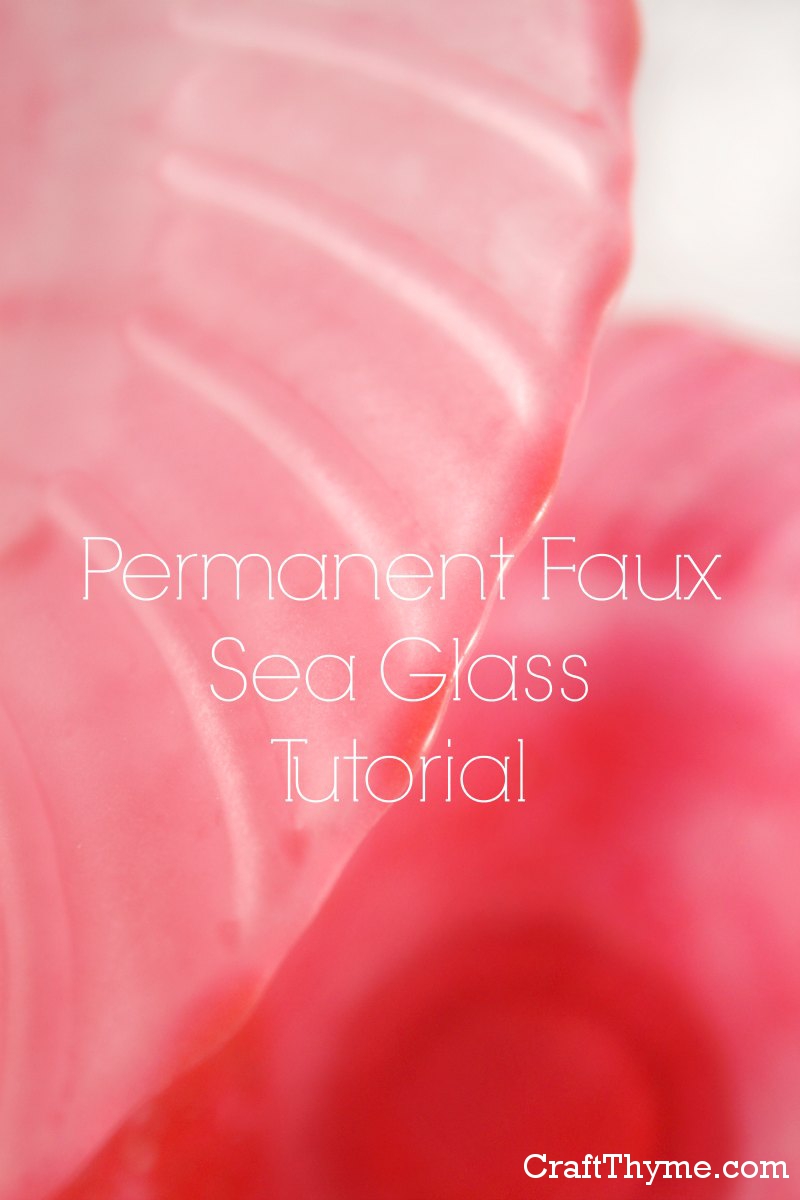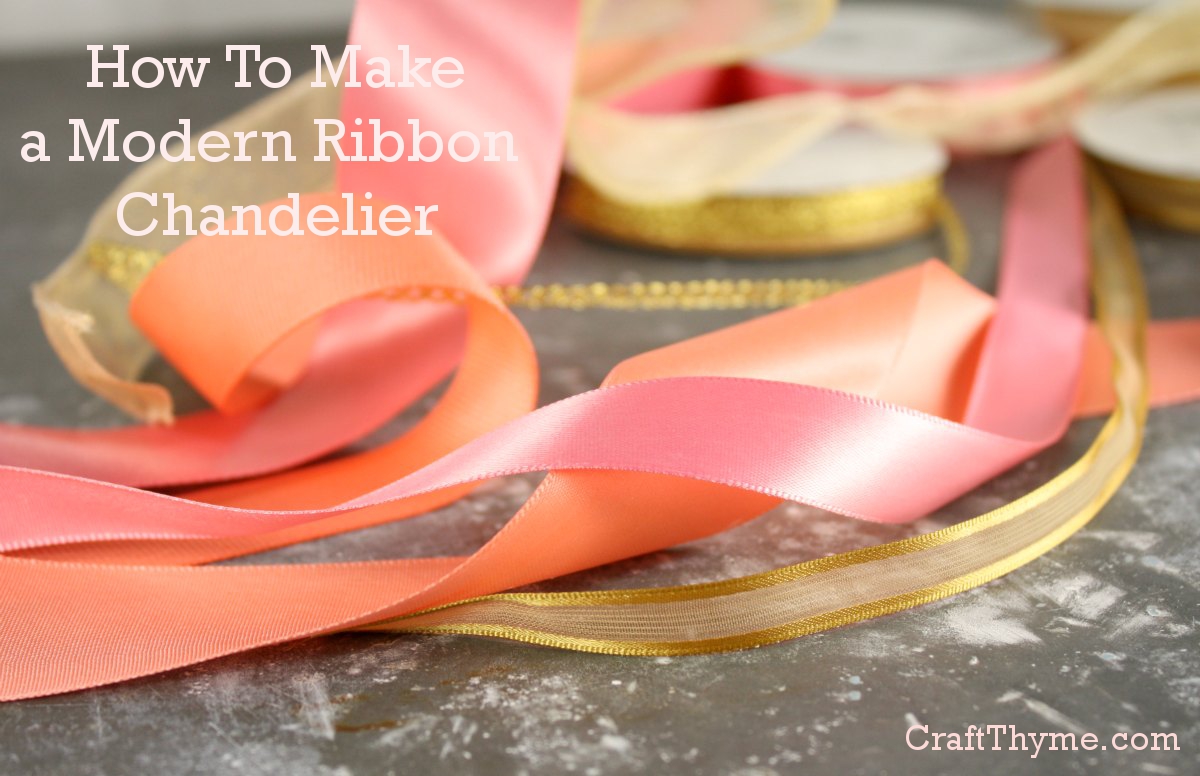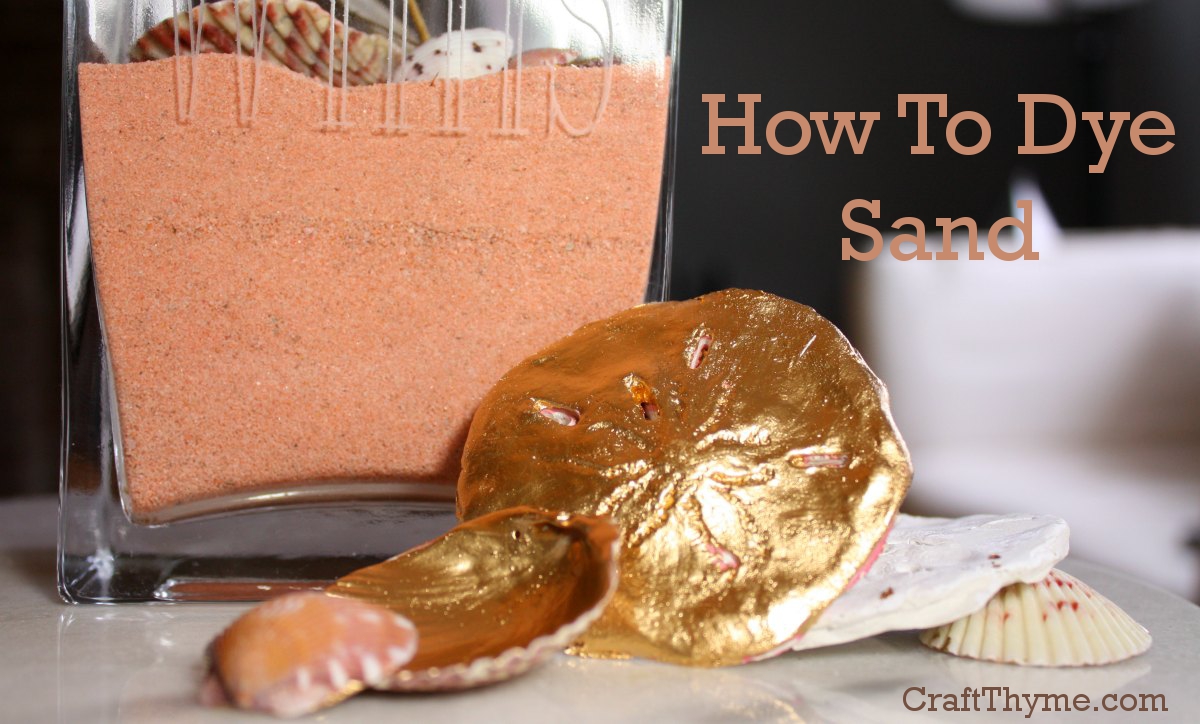
I seriously doubt I am the First Hundreth blogger to give a tutorial on how to ombre dye fabric. However, I am very particular about getting smooth even transition from color to color and this tutorial shows you how to achieve a better finish. I used to dye costumes in college to match a certain director’s choices (I worked in a semi-pro costume shop as a stitcher) and I learned a lot about fabric and how it holds color. On to the directions for how to have a smooth ombre dye:

Supplies
Dye (I tried Dylon Dye* for the first time in this post. Rit Dye
* works fine too)
Multiple large pans for dyeing
Water (very hot if you can’t heat it)
Salt or other chemicals to set the dye
Fabric (Cotton, Silk, and Rayon work best with most dyes. Specialty dyes, temperatures or agents may be required for other fabrics. Don’t be obstinate, read the directions)
Iron
Old Towel or piece of fabric
Pre-Step:
I can’t emphasize enough that the fabric be pre-washed. Even if it ‘claims’ to be ready to dye. During that pre-wash detergent that is used must be thoroughly rinsed out. UNDER NO CIRCUMSTANCES use fabric softener in the pre-wash.
Step 1 Bathing the Dye or Preparing the Dye Bath :)

Follow or Discard the directions on your dye. While this may seem counter-intuitive what I mean is ask yourself a question. Do I want the color of my fabric to come out even and exactly like the dye packet? If yes, then follow the dye manufacturers guidelines. If you are going to mix colors and experiment then go for it! I added a ton of extra water and a little orange to get a pastel-peachy dye. Totally not kosher according to the package.
Important: prepare the dye for the darkest color you want to achieve.
Step 2: How the Hell Do I Know How Dark It is?

Here is one of the MOST important steps in dyeing. Test Strips. I don’t care if you are peeling a string out of a hem. Get a thread to test with at least. Because the chances the color is going to be right on first dye dip are slim. You’ll need to adjust color or time in the bath. And maybe even more important RINSE AND DRY THE TEST FABRIC. I rinse under cold water and iron mine because I am impatient. See how the middle sample is so much darker? That is still wet, while the one on the right is partially dried by the iron.
Note: the old towel is used because a little dye comes off while ironing.
Step 3: Dilution
Once you have gotten the dye to your liking take some of it and add it to a bowl and dilute it in half. Basically add the same amount of water as you did prepared dye. Then take the diluted solution and add it to a third bowl and dilute it in half again. I like to test my dye and make sure the three colors are different enough to be noticeable. Sometimes this requires adding a little dye or water to make three distinct colors.
Once you have them to your liking take your fabric and dip it in the lightest color as high as you want your ombre to go. Finally set a timer and move it around a little (up and down) every few minutes. This will make the dye line more subtle. My first dip was 15 min and I moved it around a little every 5. I don’t pre-wet my fabric as I like the dye to wick up the fabric slightly during an ombre process.
Step 4: Dying for Dyeing
Here is the boring part. You have to do the same process as step three for all three solutions. Next you dip in the medium strength solution about halfway up the dye part. Wiggling it in and out of the dye line to make the edge more gradual. Finally, you hit the tips with the darkest. As you can see I did multiples at a time; moving one from one bath to the next in rotation. It is really tempting to put a bunch of fabric in each pot to speed up the process… Resist. I repeat: Resist.
When you are done rinse them well under cold water BEFORE washing. Extra dye will stain the white or light portion of the fabric no matter what. Rinsing keeps this to a minimum.
Finally wash and dry your items as suggested by the dye manufacturer and fabric type.

Notes
As usual gloves are useful for not dyeing your hands… And as usual I did not have any and ended the day with nice pink fingers.
 While these napkins look pretty good, I took them one step further by adding gold foil (a kind of fabric friendly gold leaf) to the edges. Tutorial for gold foiling fabric will be up 8/8. Here is a preview.
While these napkins look pretty good, I took them one step further by adding gold foil (a kind of fabric friendly gold leaf) to the edges. Tutorial for gold foiling fabric will be up 8/8. Here is a preview.

























